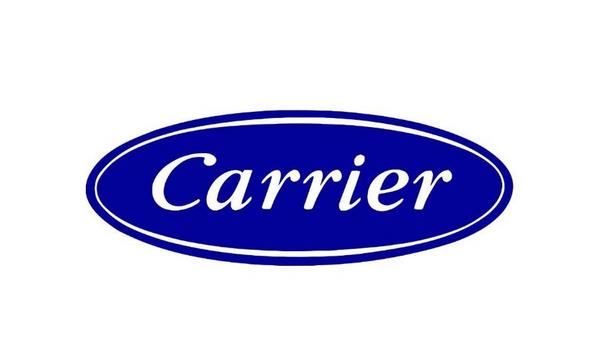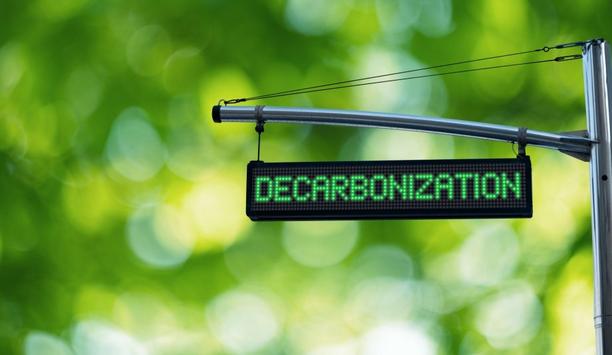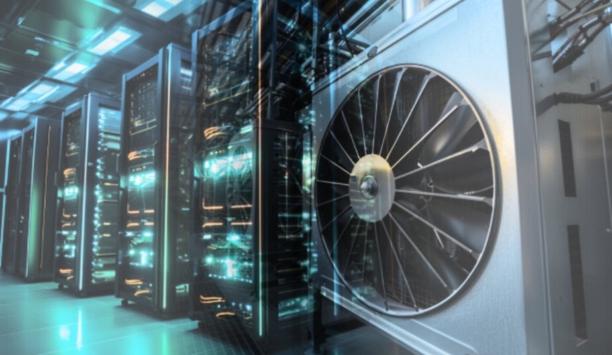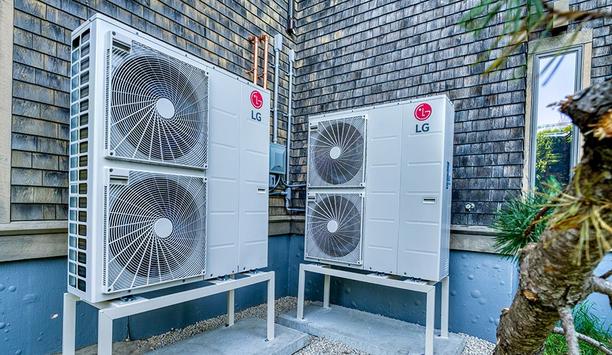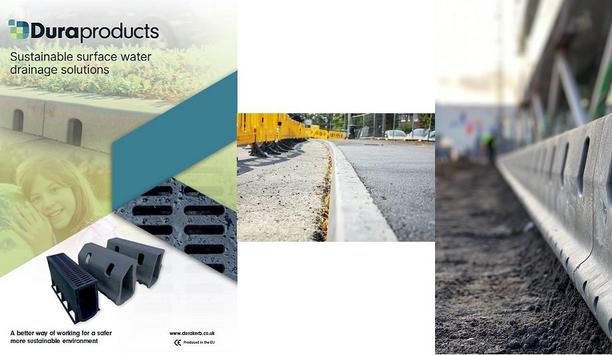Moving house or replacing an outdated heater? Gas ducted heating could be the perfect long-term solution. Gas ducted or ‘central heating’ has been used by Melbourne homes and businesses for many decades. In fact, this is one of the oldest forms of heating still in use now.
Although it is one of the more traditional heating alternatives, significant technological advancements have been made in recent years. These innovations have helped to increase the overall efficiency, capacity, safety, and performance of modern gas-ducted heating. Once installed, these systems have the ability to evenly distribute warmth to multiple areas in an instant. The best part? They can set the preferred temperature with smart devices and central thermostats.
How Does Gas Ducted Heating Work?
Gas ducted heating involves a central unit that is connected to a series of ducts and outlets
Before they dive too deep into the pros and cons, let’s cover the basics first. Gas ducted heating involves a central unit that is connected to a series of ducts and outlets. These ducts are tucked away out of sight (either above or below) and placed in strategic locations across the property.
Once the system is turned on, the air is drawn from indoors and transferred to the central heater. It is then warmed according to the temperature on the thermostat and distributed through the ducts via a fan. The final stage involves a gentle supply of air that flows through the vents connected to the ductwork. After the desired temperature is reached, the unit will slowly come to a halt and ensure that the remaining heat is trapped inside. Unlike a reverse cycle system, gas ducted heating does not require the installation of an outdoor unit.
Pro: Fast and Reliable
Across the board, gas-ducted heaters are remarkably fast and reliable. Even in the depths of winter, they consistently deliver comforting whole-house warmth. A quality ducted system can warm up a large home or business almost instantly.
This speed represents a stark contrast to hydronic heating, which may take approximately 10-15 minutes or more to make a noticeable effect on room temperature.
Con: A Lack of Cooling
Generally, gas-ducted units heat, while reverse cycle systems both heat and cool
This is one of the obvious differences between gas-ducted heaters and reverse cycle systems. Generally, gas-ducted units heat, while reverse cycle systems both heat and cool. Of course, they should note that there are options for add-on cooling.
If they’re currently after ducted heating in Melbourne, feel free to ask them about add-on cooling before the installation takes place.
Pro: A Great Option for Renovations and New Builds
Imagine whole house heating without any bulky indoor or outdoor units – this is all possible with the addition of a new gas-ducted heating system.
As you will need space for ceiling or underfloor installation, the best time to add ductwork is during renovations or the construction of a new property. This way, the contractors will be able to easily access otherwise difficult spaces.
Con: Installation may be Challenging
Some properties will have spatial limitations that make installation inherently challenging
Ducted heating won’t be suitable for everyone. Some properties will have spatial limitations that make installation inherently challenging and/or impractical. In these situations, it is important to remember that there are still many other great heating options available, including split systems, gas log fires, and hydronic heating.
If they’re currently looking into ducted heating in Templestowe or any other suburb of Melbourne, they can visit their property and determine whether an installation is viable.
Pro: Adaptive Zoning Technology
Zoning is one of the major advantages of a modern ducted system. This feature allows them to have multiple individually controlled zones with their very own temperature and time settings. Under this arrangement, they can set a completely different temperature in the living room and the bedroom – which is a great way to settle any arguments or disputes related to the thermostat setting.
Featuring as many as 10 individual zones that are easily controlled with a touchscreen, MyAir Zoning is a system they highly recommend. Thanks to intuitive smart device connectivity, they can control each zone from any location. As far as air conditioning management systems go, MyAir is in a league of its own.
Con: Higher Running Costs for Older Units
On average, every degree higher than 20 results in a 10 percent increase in energy bills
With household bills and cost-of-living both on the rise, they understand that affordability is a major concern for many Melbournians. While gas systems with a lower star rating may be more affordable at first, they also have higher average running costs. This is why they recommend investing in an efficient unit. As they can see in this graph from Sustainability Victoria, a 6-star ducted system can heat the same area for roughly $700 less than a 3-star system.
If they want to lower their running costs, responsible temperature control is key. Energy Safe Victoria recommends that they set the temperature between 18 to 20 degrees at all times. While this may seem like low numbers in conventional terms, the effectiveness of gas heating means that they very rarely need to set it any higher. On average, every degree higher than 20 results in a 10 percent increase in energy bills.
Organizing a Ducted Heating Service
As they covered in a recent article, regular servicing, and maintenance is the best way to get the most out of gas ducted heating. Ultimately, this will help to keep the system clean, prevent future issues and overall, make sure the system is running in the most efficient and effective way possible.
At Australian Climate Systems, they have expert technicians who can perform a specialist ducted heating service across all corners of Melbourne. If the central heating is inefficient or riddled with technical faults, they’re more than happy to supply and install a suitable replacement.





